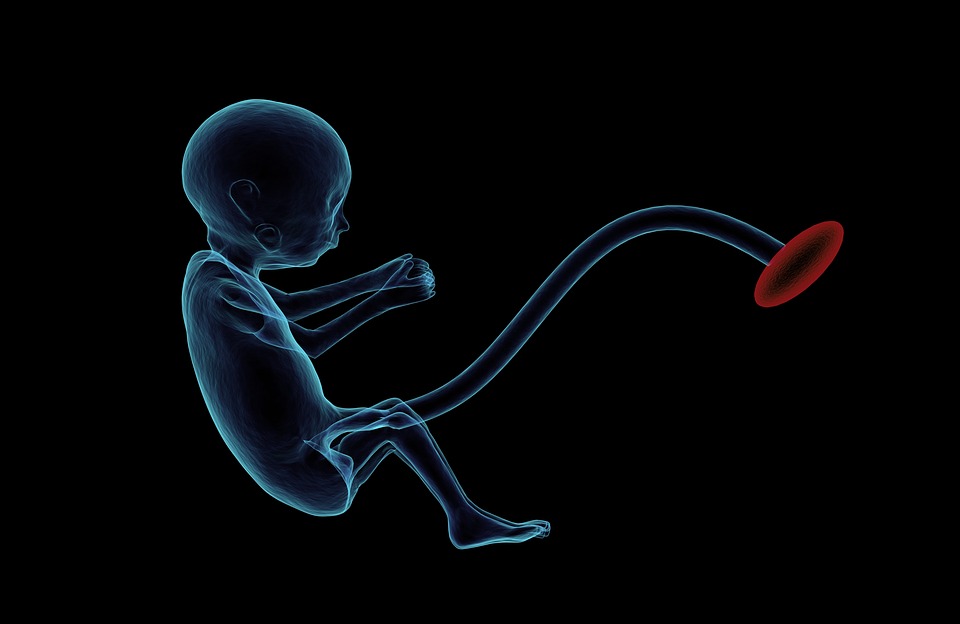Delayed cord clamping describes clamping the umbilical cord a few minutes after birth, rather than directly after (within the first minute). Research may support delaying clamping by giving your baby a chance to absorb as much placental blood as possible at the start of life.
 Delayed Cord Clamping
Delayed Cord Clamping
In this New York Times article, Catherine Saint Louis discusses the somewhat controversial topic of clamping and cutting the umbilical cord just after birth versus a few minutes after birth. It has been common hospital procedure to clamp and cut the cord within the first minute of an infant’s birth. It was thought that this practice would reduce the risk of maternal hemorrhaging, however recent evidence suggests that there is no risk to mothers to wait a few minutes to clamp and cut.
The World Health Organization suggests clamping of the umbilical cord after one to three minutes. Delayed cord clamping allows more time for blood to move from the placenta to the infant and thus improve iron stores and hemoglobin levels in the infants. The practice of delayed clamping may most greatly benefit preterm babies with lower hemoglobin. Cord blood provides reinforcement of clotting factors for infants.
Early Cord Cutting
There may be some evidence supporting cutting the umbilical cord early. If you delay clamping, there may be insufficient blood for banking or donating. A healthy baby can tolerate decreases in hemoglobin, so some parents may choose to clamp earlier for stem cell collection.
Stem Cell Collection
Stem cell collection is a part of science that is paving the way for new cures and fascinating finds. These cells are specialized cells that are able to generate a number of different kinds of cells. You can donate your cord blood or you can bank the blood away in order to save for later in your child’s life. This may be the thing that saves your child from any number of illnesses. For example, if you save cord blood and your child later develops cancer, sickle cell anemia, or a metabolic disorder, stem cells can help combat these diseases.
However, saving cord blood can be costly and there is a large percentage of people who never use the blood they saved. In many cases, there are other solutions to solving your child’s illness, like using bone marrow or other stem cell collecting methods. It is important to keep in mind that if you choose to delay clamping, you may run the risk of not having enough blood left over to save or donate.
At-Risk Births & Delayed Cord Cutting
Any plans you make about cutting the cord can change quickly during labor. If the baby or mother is at risk, you should not push to delay clamping. The first minute of life, especially for infants in distress, is important and you may need to capitalize on that time in other ways.
For questions or comments, please respond to this post or contact us.




